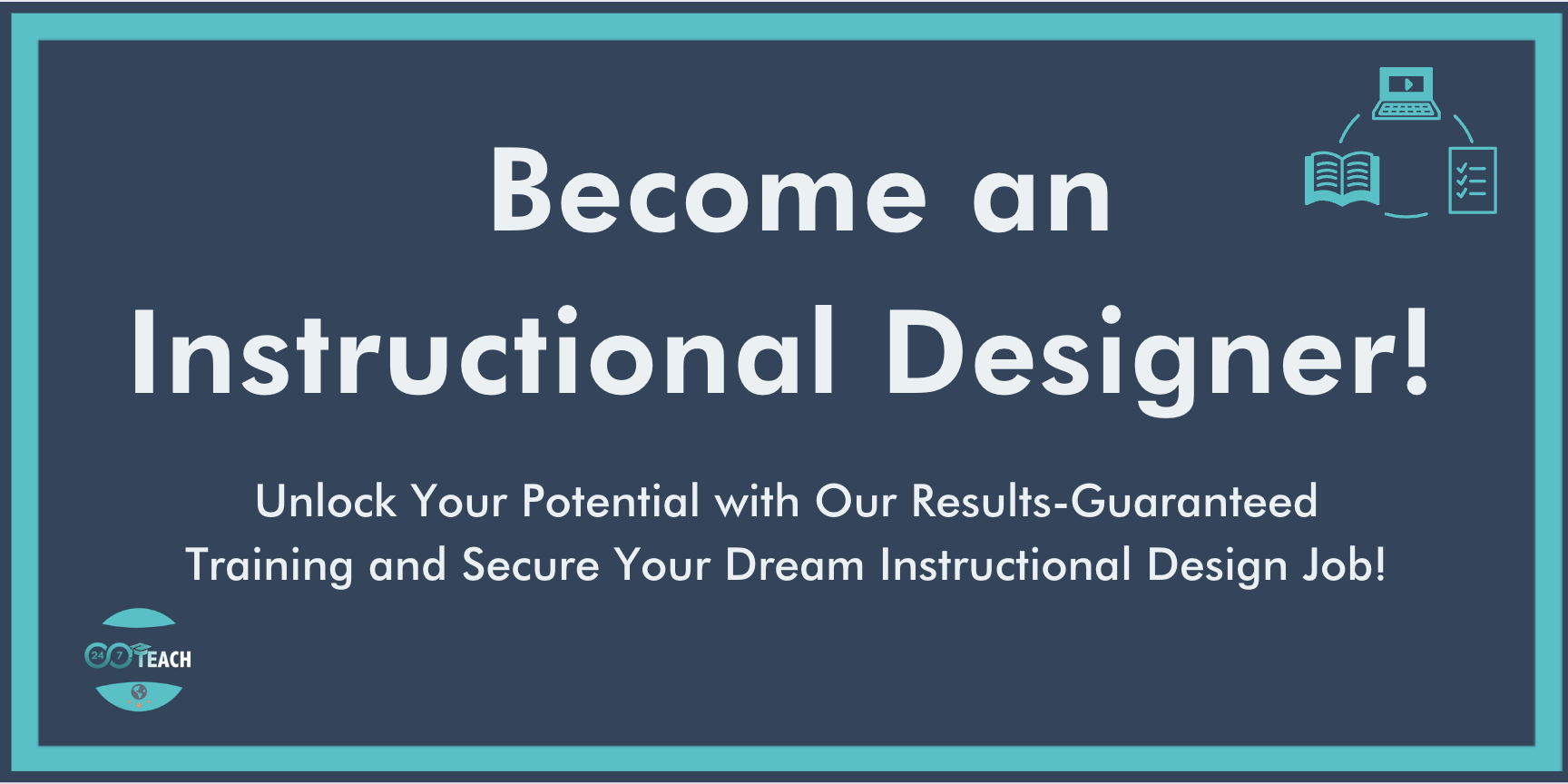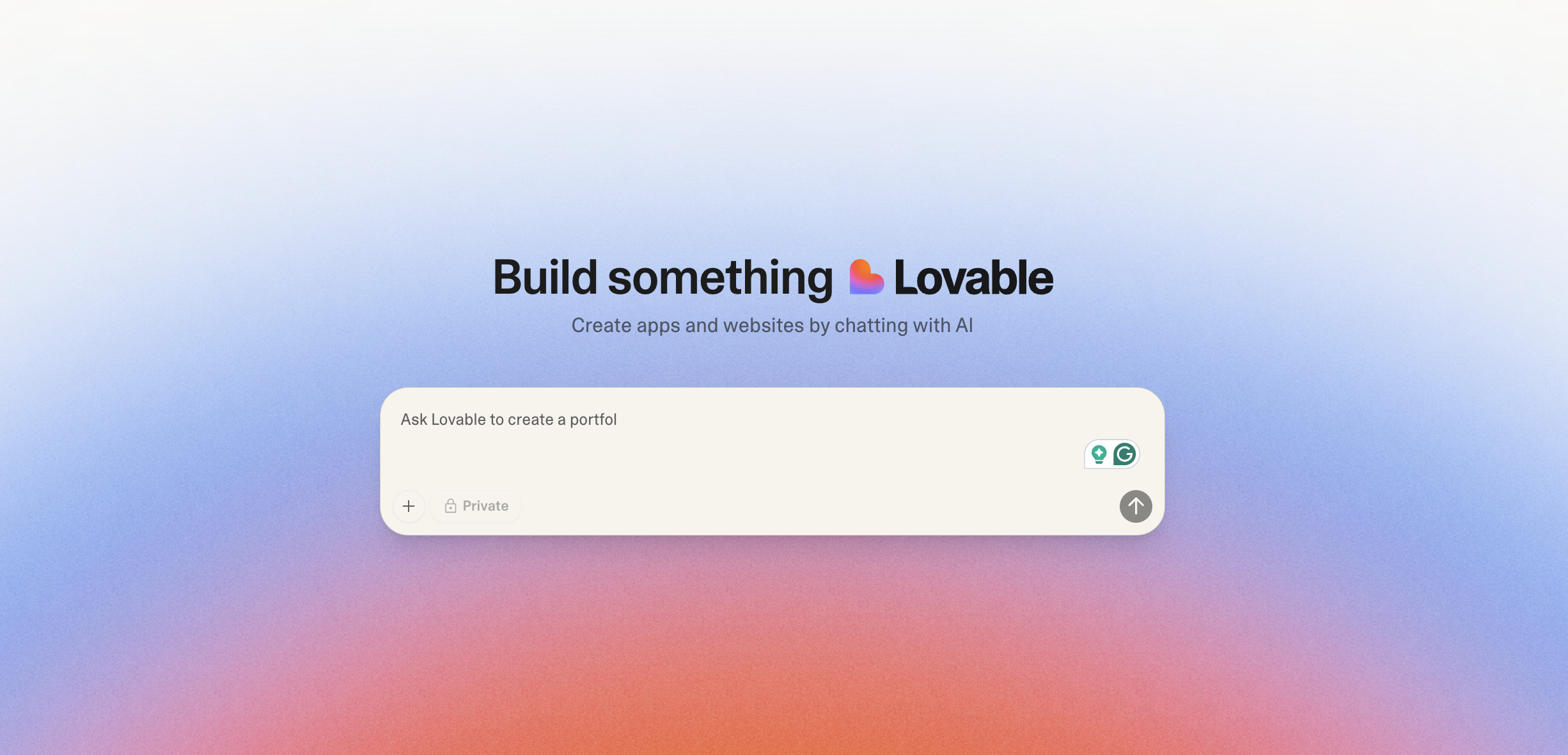How to Overcome Analysis–Paralysis as an Instructional Designer
By Zaynah Danquah
Lead Instructional Designer
Would you prefer to listen to this post? Click below.
The Importance of Knowing When to Move on from Analysis and How to Funnel Your Analysis Towards Action:
Like any complex process, instructional design requires careful analysis to build effective learning solutions. However, overanalyzing—also known as analysis paralysis—can stall progress, waste resources, and lead to missed deadlines. To be successful, instructional designers must know when to transition from analysis to action. This involves asking the right questions, focusing on priorities, and implementing strategies to overcome the tendency to overthink.
NOTE:**** Understanding when to move on from analysis occurs when your questions converge on a single actionable path.
Understanding Analysis Paralysis in Instructional Design
Analysis paralysis occurs when overthinking and overanalyzing alternatives prevent decision-making. Often rooted in anxiety and fear of mistakes, it can paralyze progress. For instructional designers, this might manifest as endlessly debating which content to include, struggling to finalize learning objectives, or delaying action due to an overload of data.
To combat this, instructional designers must recognize when their analysis has yielded enough insights to act confidently. The key is to focus on actionable data, clear goals, and structured frameworks while avoiding unnecessary complexity.
The 5W and 1H Framework: Asking Questions That Drive Action
The 5W and 1H framework—Who, What, Where, When, Why, and How—is a proven method for guiding analysis toward actionable results. It ensures all critical dimensions are addressed without overanalyzing.
1. Who
Who are the learners, stakeholders, or team members involved?
Who needs to approve or support the final decision?
2. What
What are the primary learning objectives and outcomes?
What obstacles or constraints must be addressed?
3. Where
Where will the learning take place (e.g., online, hybrid)?
Where are the resources for implementation?
4. When
When must the project be completed?
When are milestones and deliverables due?
5. Why
Why is this solution necessary now?
Why will it succeed in meeting learner needs?
6. How
How will the solution be implemented and evaluated?
How will success be measured?
By structuring your analysis around these questions, you maintain focus on actionable insights that naturally lead to decisions.
Knowing When to Move On from Analysis
To avoid analysis paralysis, instructional designers must identify when it’s time to stop analyzing and take action. Here are key indicators:
1. Your Questions Converge on a Single Actionable Path
When the answers to your questions consistently lead to one clear course of action, it’s time to move forward. For example, if analysis shows that learners prefer mobile-friendly microlearning, and your resources align with that format, further deliberation is unnecessary.
2. You’re Repeating the Same Questions
If no new insights are emerging, additional analysis likely won’t add value. Recognize when your efforts are yielding diminishing returns and redirect energy toward implementation.
3. Constraints Dictate Action
Practical constraints like deadlines, budgets, or team capacity often signal it’s time to shift from analysis to action. Timely decisions ensure you meet project objectives without unnecessary delays.
4. Stakeholder Alignment is Achieved
Agreement among key stakeholders indicates sufficient analysis has been done. Use their buy-in as a green light to proceed.
5. Actionable Data Has Been Identified
Once you’ve gathered relevant insights and validated them through feedback, you’re equipped to make decisions. For instance, understanding that learners struggle with time management could lead to designing timeboxing exercises in your training.
Tips to Overcome Analysis Paralysis
To avoid overanalyzing and move efficiently toward action, apply these strategies:
1. Set Deadlines
Establish deadlines for each stage of the process to force timely decision-making. Timeboxing—allocating fixed time for specific decisions—prevents excessive deliberation.
2. Narrow Down Options
Limit your choices early to avoid overwhelm. Prioritize essential content and exclude unnecessary information to maintain focus.
3. Practice Quick Decisions
Start with small, low-stakes decisions to build confidence in making timely calls.
4. Trust Your Instincts
Remind yourself that perfection is unattainable and mistakes are part of learning. A functional solution that meets primary objectives is often better than waiting for an ideal one.
5. Ask for Help
Collaborate with colleagues or stakeholders who excel at decision-making. Their insights can help validate your choices and streamline the process.
6. Prioritize Key Decisions
Focus on the most critical aspects of your project. Addressing high-priority tasks first ensures progress even if other elements remain unresolved.
7. Use Frameworks
Established models like ADDIE or SAM guide your process and provide clear steps for transitioning from analysis to action.
8. Boost Confidence with Self-Talk
Reflect on past successes to reinforce your decision-making abilities. Positive self-talk reduces anxiety and encourages action.
9. Communicate Openly
Transparent communication with your team ensures everyone is aligned and can contribute effectively to the decision-making process.
Overcoming Analysis Paralysis in Instructional Design
To move efficiently from analysis to action, instructional designers should:
Define Clear Goals: Specify what learners should achieve by the end of the course to narrow the scope of design decisions.
Prioritize Content: Focus on teaching essential skills and knowledge to avoid overloading learners with unnecessary information.
Set Realistic Timelines: Establish deadlines for decision-making and task completion to maintain momentum.
Gather Relevant Data: Collect only the data needed to inform decisions, avoiding information overload.
Seek Feedback Early: Involve stakeholders throughout the process to validate your approach and identify areas for improvement.
Accept “Good Enough”: Aim for a functional design that meets objectives rather than pursuing perfection.
Delegate Tasks: Assign specialized tasks to team members with relevant expertise to reduce bottlenecks.
Practice Rapid Prototyping: Create mockups or prototypes to test ideas quickly, gather feedback, and iterate.
Case Study: Balancing Analysis and Action
Overanalysis Leads to Stagnation
A team tasked with designing a compliance training course spent months analyzing learner preferences and researching best practices. By the time they were ready to act, new compliance guidelines had emerged, rendering their analysis obsolete.
Timely Action Drives Success
In contrast, another team used the 5W and 1H framework to quickly identify learner needs and prioritized creating interactive, scenario-based training modules. By focusing on actionable insights and rapid prototyping, they launched the course on schedule, receiving positive feedback for its relevance and impact.
Funneling Analysis Toward Action
Transitioning from analysis to action requires a focused synthesis of insights:
1. Summarize Key Takeaways
Combine findings into clear, actionable insights. For instance, “Learners prefer hands-on activities” translates into “Develop interactive simulations.”
2. Create an Action Plan
Outline specific steps for implementation, including timelines, responsibilities, and tools required.
3. Test and Iterate
Pilot your solution with a small audience to refine and improve based on real-world feedback.
Conclusion: Embracing Imperfection and Progress
Knowing when to stop analyzing and take action is an essential skill for instructional designers. By asking the right questions, setting boundaries, and embracing practical decision-making strategies, you can overcome analysis paralysis and deliver effective learning solutions. Remember, a good solution implemented today is better than a perfect solution delayed indefinitely. Trust your process, leverage frameworks, and focus on timely, learner-centered action to achieve impactful results.
Discussion Question Assignment: Analysis Paralysis
Join the conversation and participate with the 24/7 Instructional Design community by completing the discussion question and adding your answers in the comment section below:
Case Study: Compliance Training
Overanalysis in Action:
Consider a team tasked with designing a compliance training program. The team spent months surveying employees, analyzing LMS metrics, and benchmarking industry standards. By the time they were ready to act, new compliance regulations had emerged, rendering much of their analysis outdated.
Timely Transition to Action:
In contrast, a team designing a customer service training module used the 5W and 1H framework to conduct a focused analysis. They quickly identified that employees needed soft skills training and implemented a blended learning approach. The course launched within weeks and achieved a 90% satisfaction rate among learners.
Discussion Question 1:
Think about the balance between analysis and action in your work or studies. Reflect on the following:
Have you ever faced analysis paralysis, where overthinking delayed your progress? How did you overcome it?
Or, have you rushed into action without sufficient analysis? What challenges did this create, and how did you address them?
Based on the case study, what additional strategies besides setting deadlines, prioritizing key goals, or using the 5W and 1H framework would you find effective for balancing analysis and action?
Need Guidance on Navigating the Shift to Instructional Design?
Before You Go...
Discover the Unmatched 24/7 Teach Experience:
Our Instructional Design bootcamps and career coaching services have a 100% success rate. We redefine learning by immersing you in practical, hands-on projects, ensuring you acquire vital professional expertise while making a meaningful difference in your community.
Unlock your true potential today with 24/7 Teach and invest in your future.













